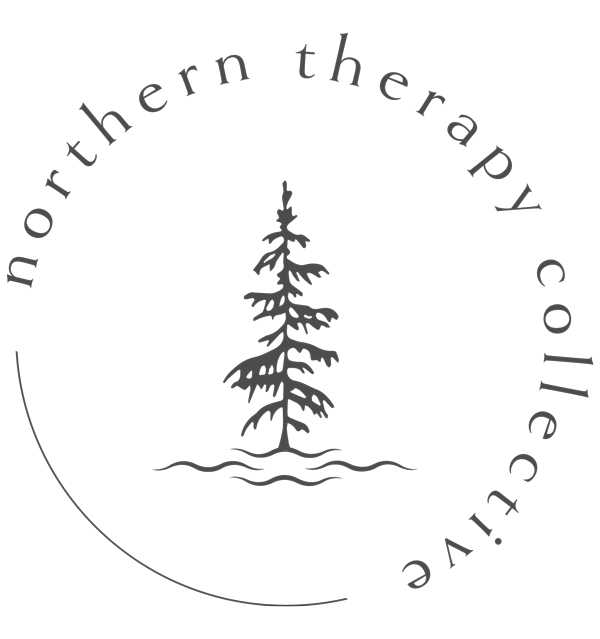How to Actually Practice Gratitude
The practice of gratitude has been gaining attention in the worlds of therapy and pop-culture, for very good reasons. Many books, articles, and blogs reference the value and power of practicing gratitude on a daily basis. But how do we actually practice gratitude and incorporate it into our daily routine in a way that benefits our mental wellbeing?
To dig into this deeper, we are going to reference the book “Burnout: The Secret to Unlocking the Stress Cycle” by Emily Nagoski and Amelia Nagoski. (Spoiler alert: we’ll be adding this to our Weekend Recommendation blog soon, as it’s too good not to include!). For now, we will hone in on just two pages of the book – two pages that rocked our world and redefined what it means to practice gratitude, based on scientific research. In these pages (208-210), Nagoski and Nagoski summarize what the current research tells us about practicing gratitude, and how to actually do this in a way that will change your life for the better.

Gratitude is not…
The authors start by setting the stage with what gratitude is not. Gratitude is not a skill or strategy intended to “erase difficult things” nor is is about “ignoring problems” (p. 208-209, Nagoski & Nagoski). Instead, think of gratitude as a soft skill intended to make each day a little better than it was to start. A way to breathe in a bit of fresh air, even on days when fresh air feels hard to find. Gratitude doesn’t negate the real, hard, or challenging times we face.
How Not to Practice Gratitude…
We won’t drag this one out: the authors speak to empirical evidence and what they want us to know is that the usual “strategies” for practicing gratitude – strategies you might read about in self-help books or articles – aren’t actually that helpful (p. 209, Nagoski & Nagoski). The “write 10 things you’re grateful for each day” trick isn’t actually that effective, and can sometimes make you feel a bit worse!

Two Ways to Practice Gratitude that actually work…
(1) Gratitude for who you have
Nagoski and Nagoski speak about this as a “quick-fix gratitude boost” (p. 209).
This is about remembering the people who are truly in your corner, who cheer you on, who make your days just a little bit better by being there and being part of it. According to Nagsoki and Nagoski, writing the person for whom you are most grateful a letter – and reading it out loud (even to them) can “boost your well-being for a full month, or even up to three months” (p. 209, Nagoski & Nagoski).
(2) Gratitude for how things happen
This is the “Long-Term Gratitude Lifter”, according to Nagoski and Nagoski (p. 210).
This type of gratitude is about making space each day to reflect on events or circumstances that you are grateful for, and writing down those reflections. The authors give the following directions when practicing gratitude under this umbrella:
- Start by giving it a title (they give examples of “Finished writing chapter 8” or “Made it through that meeting without crying”) (p. 210)
- Then, write down what happened (give all the details)
- Describe how it made you feel (when it happened and now)
- Explain what caused the event
When trying this out themselves, the authors noted – “[Emily] did it for one event per day for three weeks. And it was great. It trained her brain to notice not just the positive events themselves, but also the personal strengths she leveraged to create them and the external resources that made it possible” (p. 210).
So there you have it. Stop trying to write out ten things a day, and instead take time to think about who you’re grateful for (and go tell them!). Then think about the events and circumstances you’re grateful for (and write about them!). This type of gratitude practice is what will actually make a difference and positively impact your wellbeing in the long run.
Reference
Nagoski, E. & Nagoski, A. (2019). Burnout, the secret to unlocking the stress cycle. Ballantine Books.








